There are moments in any successful business that have, or will, come to define it; and its success or failure. There’s IBM’s Personal Computer, the Walkman from Sony; Apple’s iPhone moment.
For BMW, it’s Projekt Neue Klasse; and the birth of the BMW 1500.
History Lesson

The Bayerische Motoren Werke, or BMW as you might know them, have existed since 1916 (although the name was first used in 1913) as an aircraft engine manufacturer and motorcycle producer. But most of us know them as a car producer, though they didn’t begin this particular chapter in their history until 1928.
Because of their significant history, and experience, in the aviation industry, they were particularly prevalent during the two world wars, but it was their involvement in WWII that lead to several difficult years of stifled development and financial constraint.
Immediately after the war, and with limited facilities due to the devastation caused by Allied bombing of their factories, they began producing pots, pans and household goods, returning to motorbike manufacture in 1948 and car production in 1952 under Allied restrictions.

But the cars they were producing were heavily based on pre-war designs and the licensed production of microcars such as the Isetta. Things came to a head in 1959 when, due to burgeoning debt, they were very nearly taken over by Daimler-Benz, before the Quandt brothers stepped in and, thanks to significant investment, provided sound financial foundations to keep BMW as a separate, private entity.
The BMW 700, introduced in August, 1959, was an important step towards BMW finding their feet as a manufacturer of appealing cars.
But if the 700 laid the foundations for a successful BMW, the project that commenced the following year, in 1960, created the very DNA that has existed in every BMW car since. It was called the New Class (Neue Klasse); and it began with the BMW 1500.
Carving a Niche

The remit of Projekt Neue Klasse was simple; a car developed from the ground up, with all new components and an all-new design, the first time they’d tackled such a challenge since the 1933 BMW 303. And it would be aimed in the C-E segment that we know today, a new model line aside from their aging luxury vehicles and low-cost microcars and motorcycles.
Neue Klasse referred specifically to the 1.5l – 2.0l engine segment which, in the ’60s, defined a narrow band of mid-range saloons, but which nowadays defines the majority of powertrains in mass produced cars. And with Europe slowly rising from the ashes of WWII and financial constraints, BMW wanted to get in early.
What helped BMW stand-out was the fact that they didn’t standout at all; or rather, they remained conventional: they utilised the same unitary body construction debuted on the 700, and which was becoming increasingly popular amongst mass-produced cars; they used MacPherson strut front suspension and front disc brakes, although their independent rear suspension was somewhat novel; and the BMW M10 engine debuted in the 1500 pushed few boundaries, but was well-built, designed with expansion in mind and was tilted off-axis to enable the low bonnet position.

At a time when many automakers were trying to carve a niche with something radical, BMW had done precisely the opposite, focusing on quality, reliability and usability.
The bonnet profile, and general vehicle design, had focussed on providing a commanding driving position and great visibility, whilst the boot provided plenty of space for luggage and shopping.
With just 1499cc under the bonnet, its figures weren’t mind-blowing: 0-62mph (100km/h) took roughly 15 seconds, the engine producing 80hp.
The suspension was considerably firmer than most competitors because the focus was on the driver, and their experience, not just the passengers inside. Performance was sufficient without being rapid, but it was engaging and practical in equal measure. And, equally important, it looked good, its design finding a visual niche without the exclusivity of a Daimler or the charm of a Lancia.
DNA

Designed by Wilhelm Hofmeister, it featured several traits and design cues that have come to be the aesthetic DNA of every BMW since. The forward bend at the base of the C/D pillar, though present in other cars that preceded the 1500, is known as the Hofmeister kink and has been a part of pretty much every BMW since.
The aggressive, angular front end was unique at the time and gave the 1500 a dynamic stance that alluded to the driver-focused design of the car, whilst the tall cockpit allowed natural light to flood the interior and gave the driver impressive amounts of visibility. And its rear-end is sleek yet practical.
Giovanni Michelotti worked closely with Hofmeister on both the 700 and the Neue Klasse cars and his influence is clear to see. Without his input, I’d hazard a guess BMW would be in a much different place than they are today.

Despite their financial troubles, by the end of 1962, and with the 1500 firmly in production and the 700 at its peak, BMW broke even and, the following year, paid their shareholders their first dividend in 20 years. The corner had been turned.
In September of ’63, BMW launched their second Neue Klasse car, the 1800. A rather conventional name that referred to its engine size (1793cc), the 1800 followed the lineage laid down by the 1500 and went on to be a huge success, selling more than 147,000 cars in all its guises during a nine year lifecycle.
By contrast, when the 1500 was replaced by the 1600 a year later, in 1964, it had sold just 23,554 cars.

Yet that’s arguably the point. Despite limited sales success, its no coincidence that BMW’s business turned profitable during the precise years that the 1500 went into production. It’s also no coincidence that the 1500 created the very genes of all BMWs designed since, and all of those yet to come.
It was genesis, the car that showed what BMW could be and reminded the general public what the Bavarian marque was capable of. Perhaps it was a little underpowered, or maybe the ride was deemed a little firm for the segment; or people simply didn’t believe that BMW had turned a corner. But it set the German brand on a path to redemption; and a burgeoning future.
For such an insignificant, oft-forgotten little car, that’s one hell of a legacy.
Alles Gute zum Geburtstag, Neue Klasse! X
***
Well I hope you enjoyed our little birthday celebration of the BMW 1500; and all things Bavarian motorcar. If you enjoyed it, please subscribe below to avoid missing out on all the great stuff CLT has to offer, and all the articles we’re still yet to write.

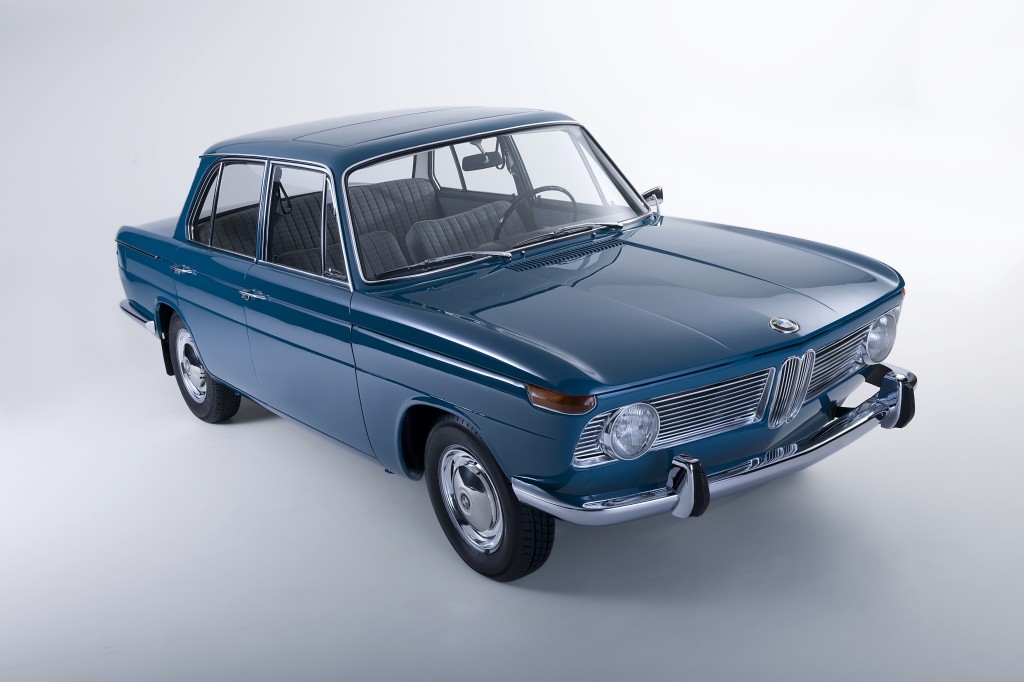
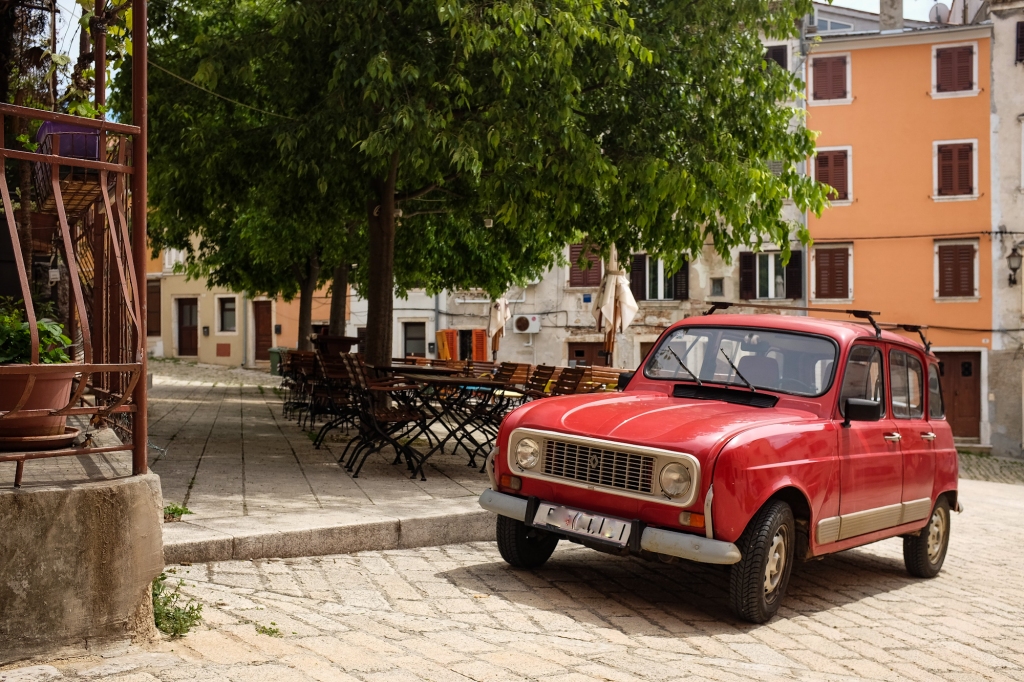
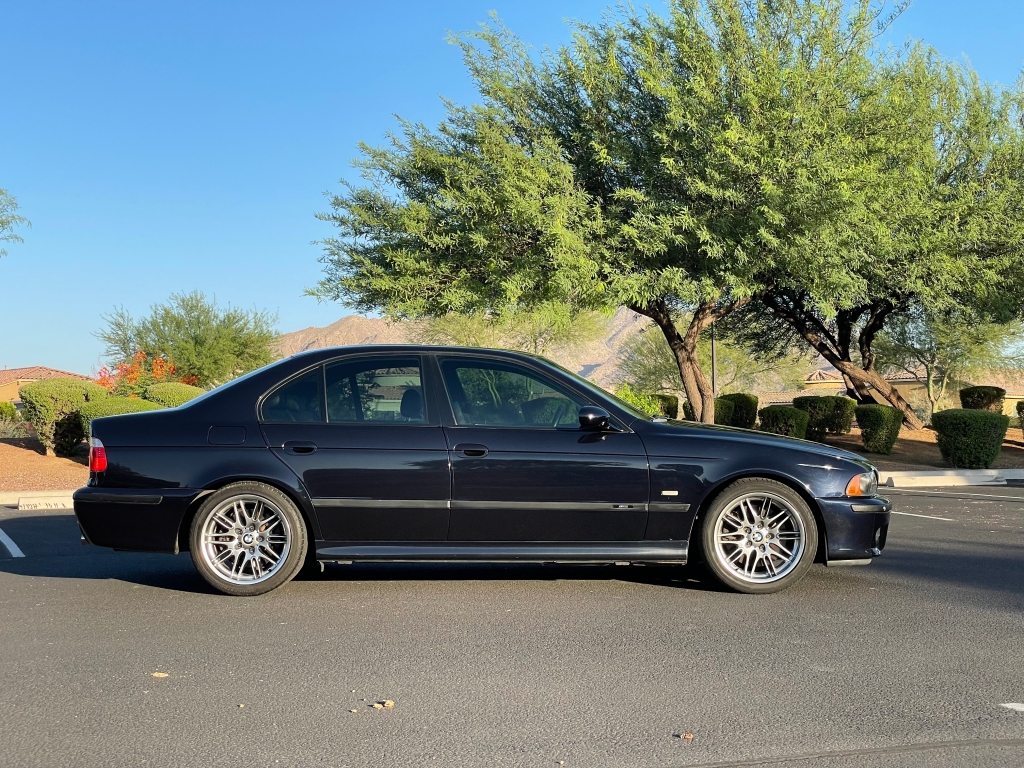
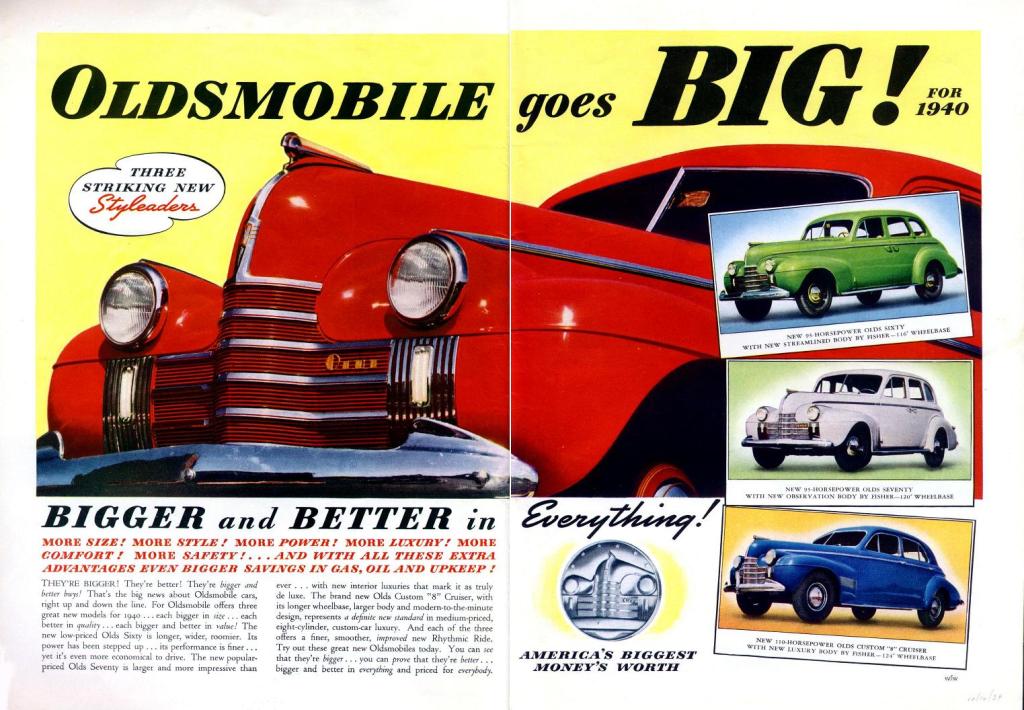
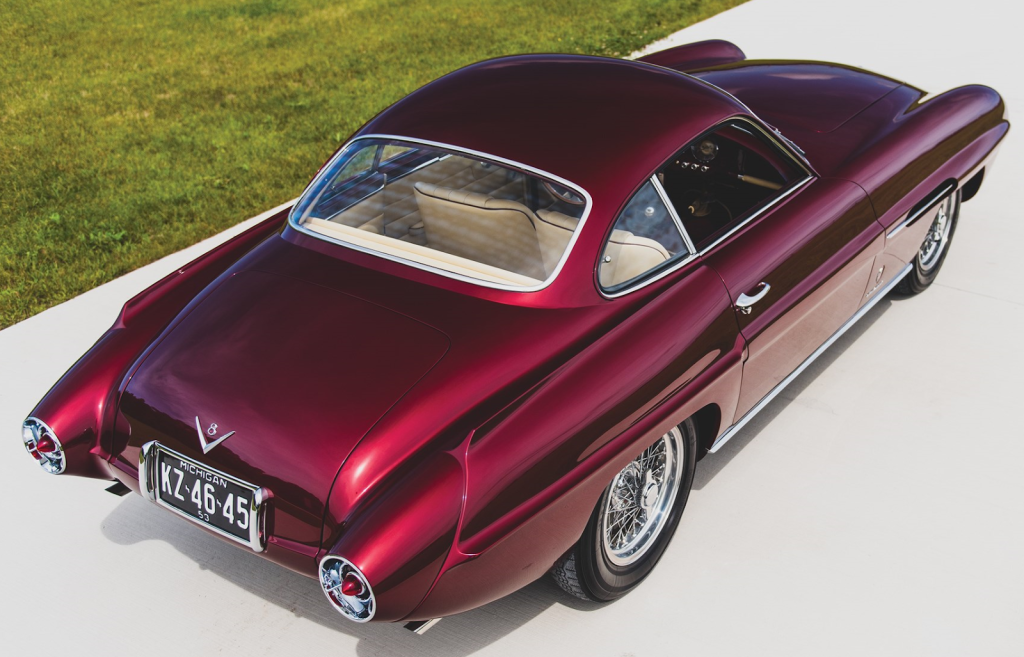
Leave a comment